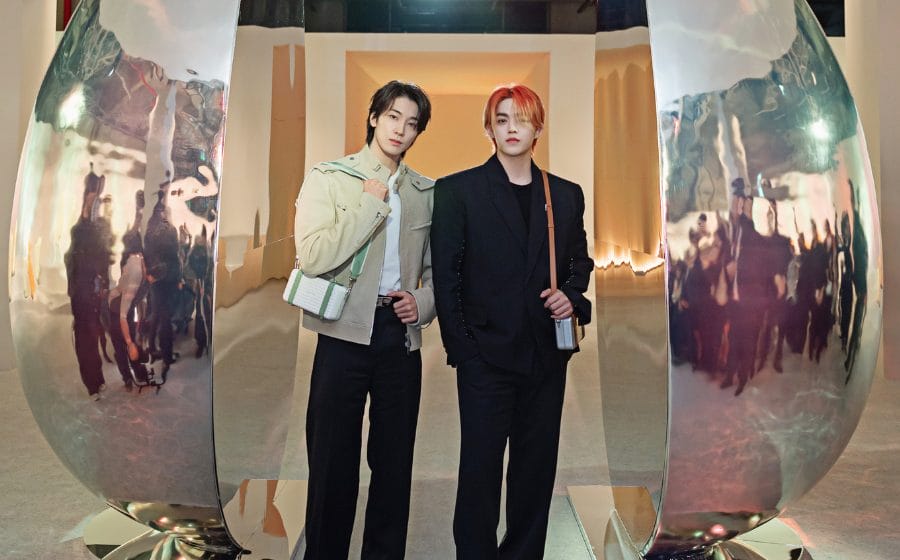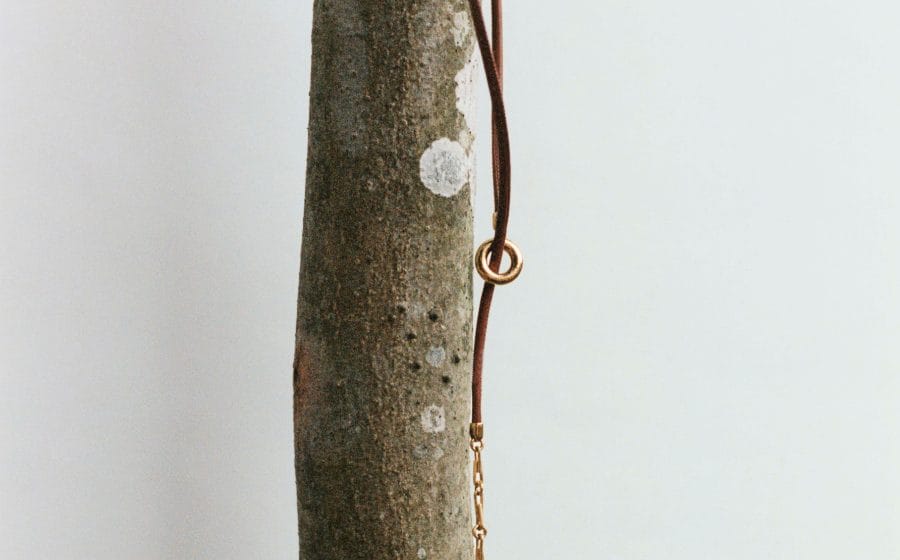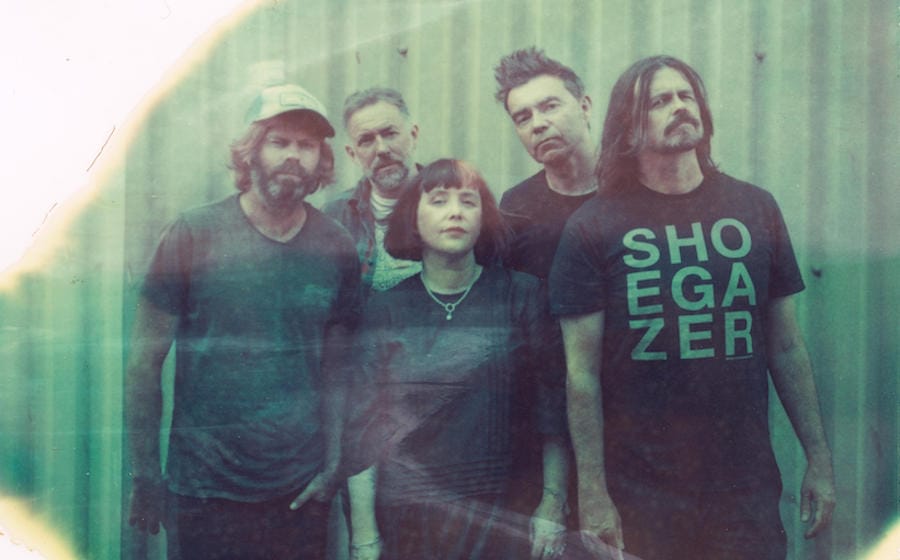Recognising the efforts of these local changemakers who contribute to Singapore in their glorious ways, Men’s Folio uncover their stories.
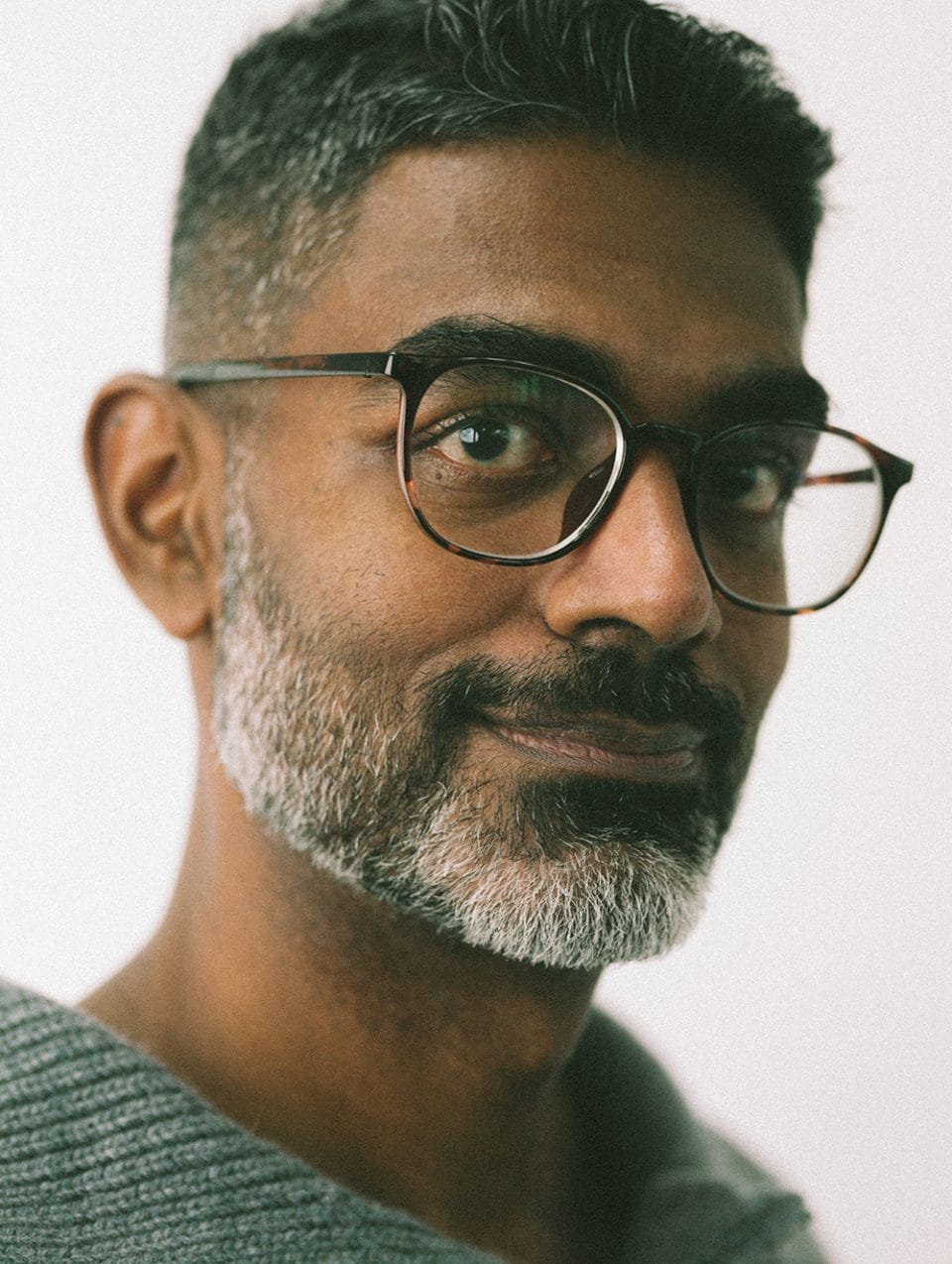 Prashant Somosundram — General Manager at The Projector
Prashant Somosundram — General Manager at The Projector
What do you perceive of the current state of the local film industry? The COVID-19 pandemic has been a setback to the local film ecosystem — from delayed production schedules to postponed theatrical releases. Despite the challenges, we are also getting recognised on the international stage. This year, at the Berlin International Film Festival, Taste — a slow cinema film co-produced by Lai Weijie — won the Special Jury Award. In July, producer Jeremy Chua’s Rehana and director Anthony Chen’s film anthology with cinematic greats like Jafar Panahi and Apichatpong Weerasethakul — The Year of the Everlasting Storm — premiered at the Cannes Film Festival to critical acclaim. We are looking forward to sharing these films on the big screen with our community in the near future. What is a common misconception people have about the local film industry? That it is nascent and limited to the more commercial titles (like the Ah Boys to Men franchise). Or perhaps that it suffers from a rather overly self-deprecating view that the local public has of our film industry that “the others are better”? Do you feel there is something that is holding locals back from truly celebrating and enjoying local film projects and community? There will always be comparisons with larger international productions and perhaps also the competition for attention spans as audiences are increasingly spoilt for choice and inundated with content from a variety of sources such as Netflix and Prime Video. However, attitudes are changing. It is heartening to see that since we started, demand for local films that we show has been steadily increasing over the years. Younger audiences are broadening their local film palette and are more receptive to trying different local indie films or documentaries (such as I Dream of Singapore or Yellow Bird) instead of limiting themselves to commercial blockbusters. Appreciation for Singapore film is also not limited to locals as we noticed significant interest from non-Singaporean audiences living here. Operating an alternative cinema against the bigger competitors, how do you strike a balance between commercial and passion when it comes to The Projector’s film curations? We have set ourselves firmly apart from our larger competitors with our content curation and the cool, laid-back vibe and energy that we create in our locations. We found our niche by offering quality programmatic content that is focused on diversity and inclusivity. This has translated into a broad slate including Oscar winners, foreign films, documentaries, cult classics and local films. Staying true to our tagline “Not your average cinema”, we offer not just film but also live performances like stand up comedy, drag performances, experimental music festivals, discussion panels and more. By offering diverse content, we appeal to different interest groups which broaden our audience base, all of whom can identify with The Projector as a home and feel comfortable being themselves here. Our team is passionate about creating a space where open-mindedness and curiosity are welcomed, and we believe in broadening perspectives through film and discussion. What are the challenges associated with running an alternative cinema? One of the main challenges we have is curating niche content while remaining commercially viable. Often, we take curatorial risks — programming films that may not have star actors or awards, but we feel need to be screened to local audiences because of their social messages. With limited marketing budgets, we are often forced to find creative ways to market the film, but that’s the fun in it! Another challenge we experience in our attempt to bring niche content to our audiences is the strict classification and censorship regulations the films have to undergo. The government classification process can be cost-prohibitive for niche content and some films that we submit go through protracted periods of consultation, making it difficult to plan and market the theatrical releases. What are your ambitions for The Projector and the local film industry? The last two years have been very challenging, but we have emerged with a streaming platform, The Projector Plus, and a pop-up venue at Riverside Point, Projector X: Riverside. When the entertainment guidelines relax, Projector X: Riverside allows us to experiment with the cinematic experience, and explore how we can curate a full night-out for our community, instead of an isolated two hours of passive film viewing before being shunted out into a service exit. We look forward to eventising the film-going experience, with dress-up nights, after-parties, food pairings and discussion panels — both in physical and virtual spaces. With our flagship at Golden Mile Tower constantly under threat from going en bloc, we are also actively looking to expand to more locations to mitigate the risk of being homeless in a few years. How do you think Singaporeans can be moved towards making positive change as local changemakers themselves? We firmly believe in the power of film and the arts to affect positive social change. With showcases like Women Make Film, Pink Screen and Eco Docs, The Projector has continuously programmed content that features, engages and uplifts marginalised communities and issues. However, we are often limited by what content we are allowed to screen and for how long. We hope that the regulatory authorities will see the value of constructive engagement and dialogue through film and the arts and adopt a more flexible and context-specific censorship regime. This approach will allow Singaporeans to be exposed to more intellectually challenging, thought-provoking and sometimes controversial content in a measured manner for positive change.
Prashant Somosundram is wearing an Ermenegildo Zegna XXX Wool knit polo sweater.
—
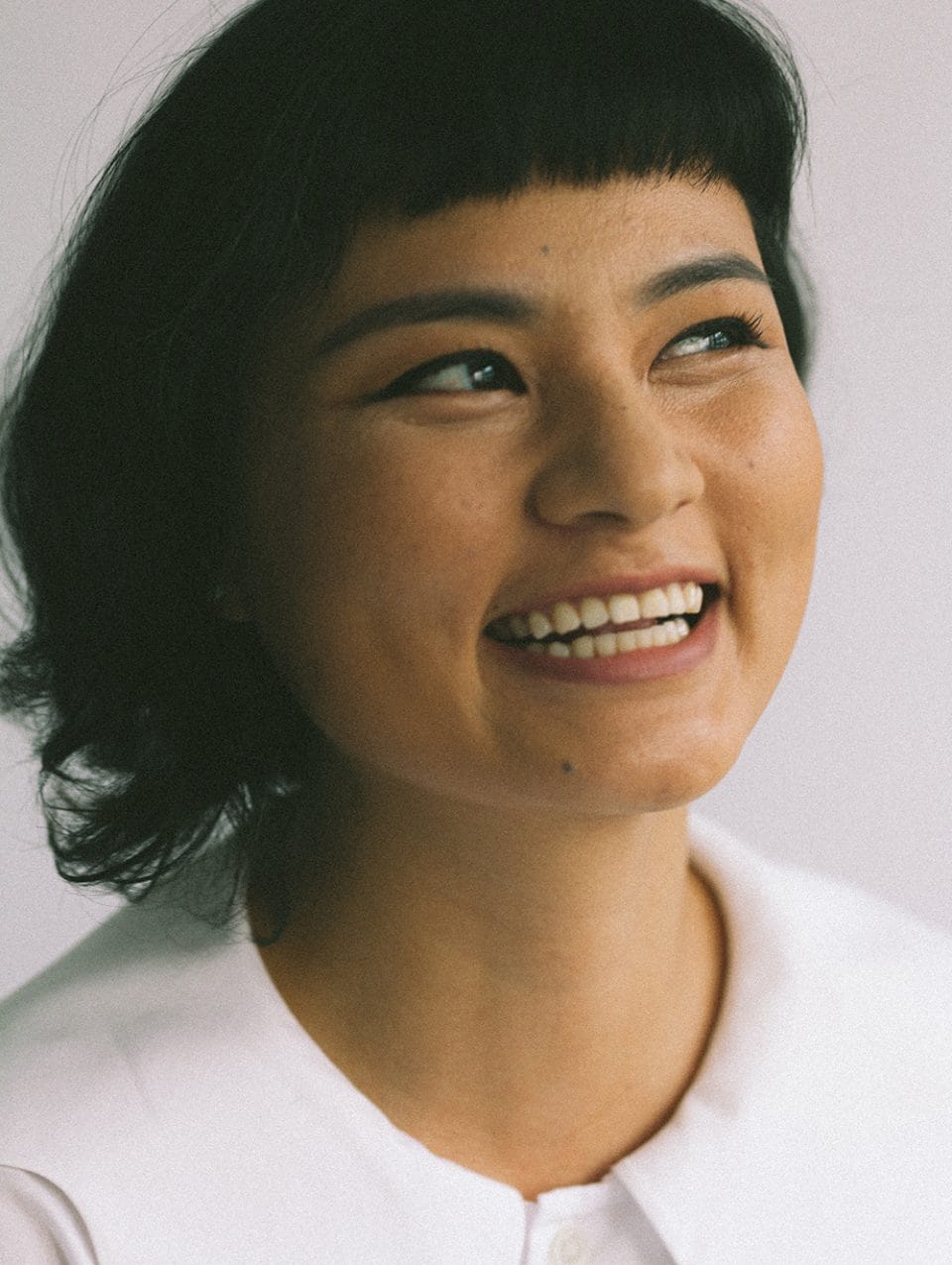 Daniela Monasterios Tan — Fashion Educator at LASALLE College of the Arts
Daniela Monasterios Tan — Fashion Educator at LASALLE College of the Arts
How would you describe the current state of the local fashion industry? The state of the fashion industry will depend on whose viewpoint you take as the Singaporean fashion industry is made up of several stakeholders. As an educator, we are trying to embrace sustainability, imagine the future of craftsmanship and develop students who can flourish in a digital landscape. Since the entry of e-commerce giants in the early 2010s, we are on a trajectory to embrace technological solutions. This meant that many brick and mortar retailers have been trying to pivot accordingly. The industry aspect that interests me the most are independent labels and multilabel stores as they inspired me as a young fashion student back in the 2000s! I am also seeing a lot of interdisciplinary work happening between fashion, music and art in recent years. You wear multiple hats in the fashion industry, from being an educator to researcher to a label owner and as one of our local changemakers — do you draw distinct lines between each discipline or are they blurred? I don’t draw strict distinctions as they feed into each other. I began as a fashion designer, but even as a student I worked with stylists and publications, so I was always interested in learning as much about the industry as possible. As a fashion designer and label owner for Mash-Up, my work was centred on research to develop collections, to understand our customers and business structure. As an educator, I’m often learning new things from my students. Recently I’ve been writing on independent fashion archives, and have presented in numerous conferences in America, Australia, Colombia and lately digitally. Quite a few of these papers that I’ve presented actually take their starting points from projects I develop for my students such as interdisciplinary work with dancers or upcycling projects. What is the biggest influence in your profession that has changed the way you interpret fashion? Academically, I’m very influenced by fashion theorists and curators who contextualise fashion through text and exhibitions. In London College of Fashion, I was privileged to be tutored by Judith Clark and Amy de la Haye who totally influenced
the way I continue to see fashion. de la Haye believes that objects are imbued with meaning and past lives, and it is the fashion curators’ role to uncover these links. This inspires the work I do and the way I teach my students to think about fashion and how it relates to society. You co-founded A Stubborn Bloom, what is the motivation behind your latest venture? A Stubborn Bloom is a collective I co-founded with artist Stephanie Jane Burt. It was inspired by the hours of conversations and sharing of texts, images and conversations between us. I admired Burt’s colour, composition and material sensibility for years, and when we began the collective, our motivation was to explore how femalehood and femininity are constructed through material culture. Fashion plays a big part in how this identity is constructed. What interesting nuggets have you uncovered through your works in A Stubborn Bloom? Without expecting to, our first project brought us into the history of home economics as it was taught in Singapore since the 1970s. Not many people might know but fashion studies and design finds many early influences in home economics — sewing, interior design and aesthetics were part of its syllabus. Here in Singapore, home economics was intertwined with government policy, reflecting the changing role and expectation of women as homemakers. When we presented the project ”Lucy’s Dictionary of Femininity” physically at Singapore Art Book Fair 2021, we met a lot of different Singaporeans with a gamut of positive and negative memories of the subject. Through our multidisciplinary research and art-making, fashion can be understood not only as a material object but also as a product of ideology and how it can be a vehicle of personal and national identity. We hope conversations around fashion in Singapore will continue to explore fashion’s social-cultural nuances. Are there any misconceptions about fashion that you hope to dispel with your works? I hope through my writing, teaching and practice, I am able to encourage conversations about how fashion relates to us beyond the consumption of the latest marketed goods. There is the element of how fashion can make us feel, how fashion can reflect changes in society (e.g. the rise of casual wear as workplaces embraced casual wear and technopreneurship), and of course how it reflects what society deems appropriate is part of the collective thought. How do you think Singapore’s local fashion can progress in light of the disruptions caused by the pandemic? I think the pandemic has encouraged a lot of introspection and in-shoring, as well as rediscovery of what is around us. So hopefully Singaporeans are starting to re-look at local brands and creatives. How do you think Singaporeans can be moved towards making positive change as local changemakers themselves? I’m very heartened by my students and believe they are the future; I’m sure many educators in different industries would say the same. Their openness, the way they look within themselves and their psychological resilience during the pandemic lockdowns encourages me. I think if Singaporeans would listen to the fears and dreams of young creatives, a lot of positive change can happen. I have also been meeting a lot of young practitioners who are very passionate about fashion and sustainability such as Xingyun who is now with The Fashion Pulpit, and the whole team that hosted Fashion Revolution Singapore who continue to organise themselves independently regardless of the challenging landscape.
Daniela Monasterios Tan is wearing her own cotton dress
—
 Mark Rusli — Junior Animal Care Officer (Avian) at Wildlife Reserves Singapore (WRS)
Mark Rusli — Junior Animal Care Officer (Avian) at Wildlife Reserves Singapore (WRS)
Is the biodiversity and ecosystem in Singapore severely underestimated due to our geographical size? Despite our small size and highly urbanised environment, Singapore has impressive biodiversity. We have several endemic species found nowhere else in the world like the freshwater crab. We are an important stopover for migratory birds, and even considered a stronghold for critically endangered species globally such as the straw-headed bulbul. Our ecosystems are also diverse — primary and secondary forests, mangroves, seagrass beds, coral reefs and even managed green spaces that the native wildlife has adapted to. What are the immediate concerns about Singapore’s ecosystem that needs addressing and how can locals contribute? Habitat loss. In land-scarce Singapore, we have balanced conservation and urban development by managing our parks, gardens, and fields but it’s also important to consider the quality of green areas that would allow wildlife and plants to thrive. Currently, five per cent of Singapore’s land is set aside as nature reserves. We can and must do more as a community to actively engage policymakers to protect existing forest patches that support critical ecosystems under the law. You deal with animal care, research and conservation, what are the challenges you continue to face to this day as a local changemaker? I am a Junior Animal Care Officer at Jurong Bird Park and I lead the team that cares for 57 parrot species. It’s an emotionally expensive job. You’ll be thinking about your animals on your days off; you get stressed when they are sick and worried some of them won’t make it. It can be hard to disconnect. There are also negative perceptions of the job. Parents have pointed at us and told their children, “If you don’t study, you’ll be just like them cleaning poo.” We do a lot of cleaning, but our job is so much more. Many of us are also involved in conservation projects, conduct research, publish scientific journals, and run educational programmes. We’re pretty smart and a lot of us represent Singapore in global and regional zoological associations and conferences. I love my job — being able to work with animals is special and it’s most fulfilling when we can contribute to wildlife conservation work, and also inspire our guests to take action for wildlife through our interactions with them. What are some appropriate ways locals can enjoy Singapore’s flora and fauna without damaging the ecosystems? It’s heartening to see more people taking an interest and visiting green spaces during this period of travel restrictions. On the other hand, this can also take a toll on the natural spaces if people don’t practice good trail etiquette. When visiting our nature reserves, leave no trace. Take your trash with you or dispose of them properly, leave what you find behind, stay on the designated tracks, and respect wildlife by leaving them alone or observing them from a distance. What are some best spots for wildlife viewing and rare animals to look out for? Sungei Buloh Wetland Reserve is my favourite. You’ll very likely see oriental pied hornbills and the resident saltwater crocodiles. Interestingly, Singapore Zoo with its well-maintained greenery is also an excellent spot for wildlife spotting – aside from our animals, there are the straw-headed bulbuls, wild colugos, owls, and many others that you can see in the day. How do you spread your love for wildlife within your capacity? Sometimes it’s not easy to explain the science behind what I do, so I try to be involved with outreach as much as I can — communicating my knowledge and passions in informal and accessible ways to the community. I have spoken at university events as an alumnus and conducted Zoom talks and presentations with students. People can also engage with me and hopefully learn that scientists can come in all forms. I also try to be active and responsible when sharing content on social media. How do you think Singaporeans can be moved towards making positive change as local changemakers themselves? If you are in a position to, find something that gives your life meaning and purpose. It can be something small — a job, hobby, or even a person. It is easier to produce change when you are passionate about it.
Mark Rusli is wearing an Ermenegildo Zegna XXX Wool cable knit sweater
—
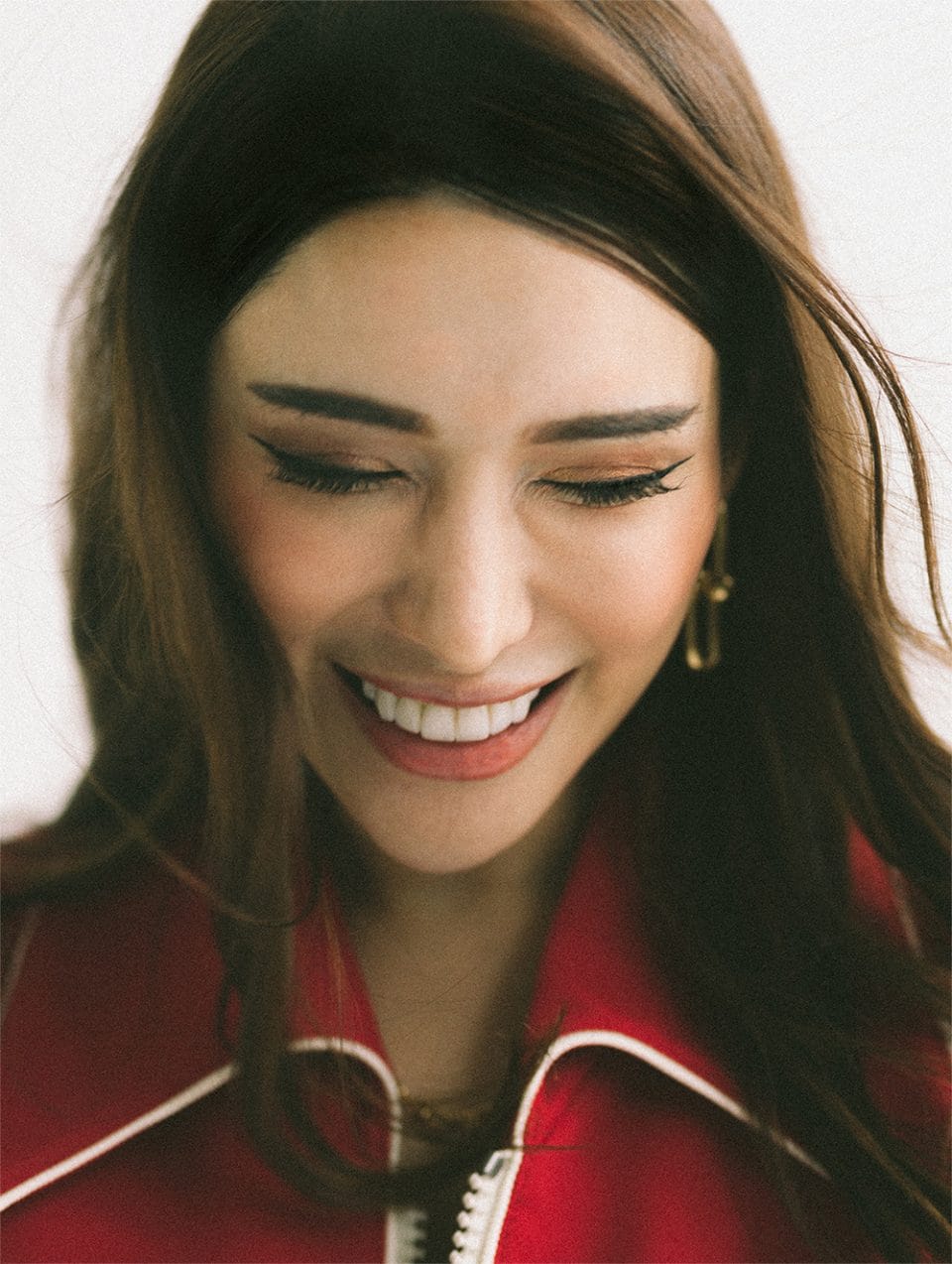 Jade Rasif — DJ & Healthcare Worker
Jade Rasif — DJ & Healthcare Worker
You transitioned from a DJ to a healthcare worker, what is your biggest takeaway from your stint as a volunteer to now working full-time in healthcare? My biggest takeaway is that regardless of what job you do, the most important thing you can do for yourself is to lead a life driven by direction and purpose. How has motherhood altered your perspective on life? Motherhood has made me more conscious of the impact my words and actions have on the young. I’ve always enjoyed speaking my mind and living honestly. Now with kids, I realise some truths are best left unsaid. You bravely took on the challenges of being a mother, what are some misconceptions you hope to dispel? The biggest misconception is that your children should be your whole world. My son is the most important person in my life, but not the only person in my life. I hope to model meaningful friendships, community involvement, self-care and independence for him. An advice from your mother reads “the route to happiness is helping others”, is that the reason why you decided to be an active voice for the less-privileged? I would never consider myself a voice for the less privileged. I think greater recognition should be given to the people on the ground, the social workers, community volunteers, non-governmental organisations like Transient Workers Count Too (TWC2) and the Singapore Red Cross.
Jade Rasif is wearing a Gucci Wool and silk jacket; Tiffany&Co. Hardware Link earring in 18k yellow gold
—
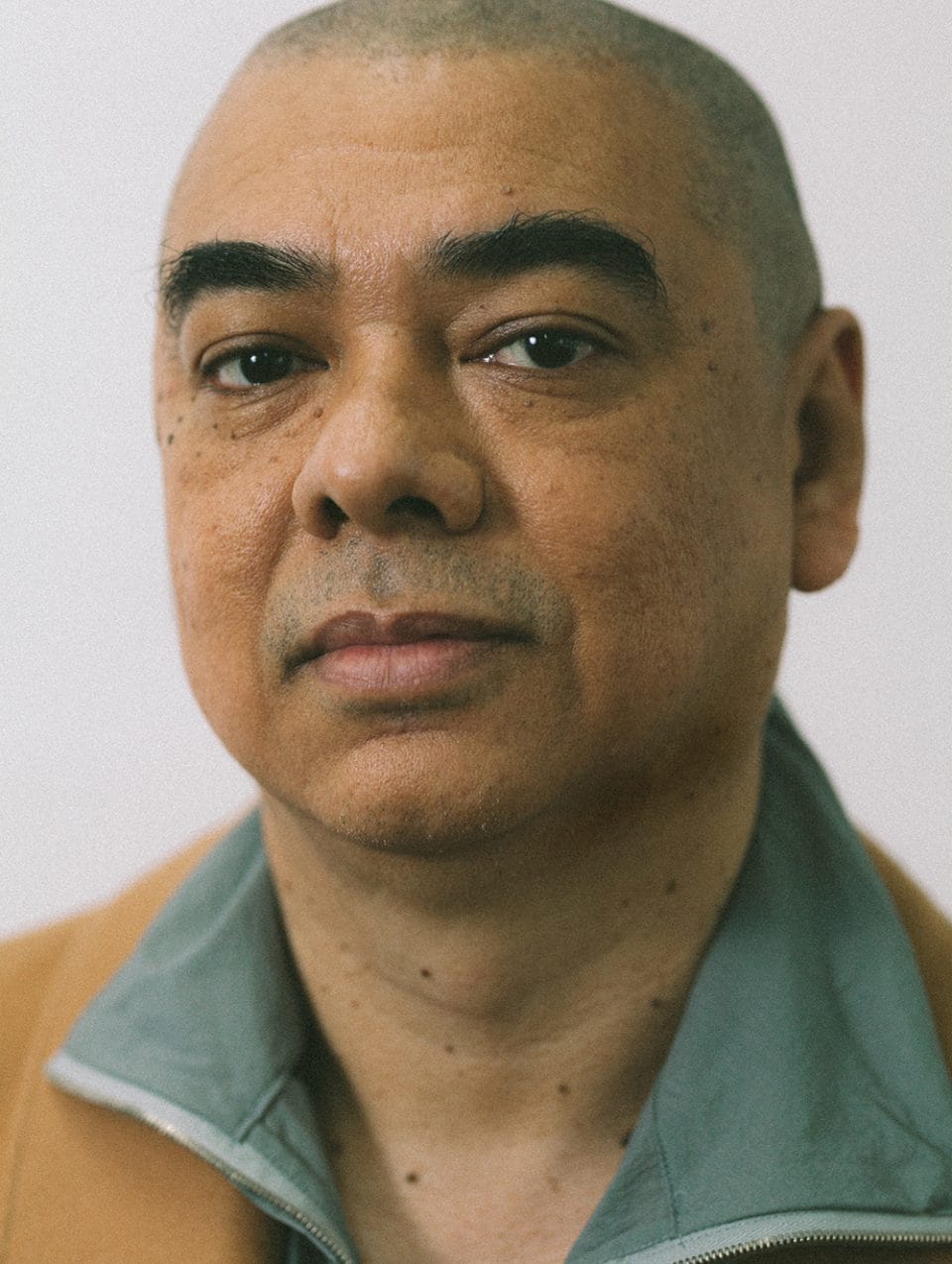 Leonard Soosay — Music Producer and Director at Snakeweed Studios
Leonard Soosay — Music Producer and Director at Snakeweed Studios
How has the local music industry changed since you first started? When I first started out, the local music industry was almost non-existent. Most of the music being played or sold were from artists from the West and the major record labels set up here were distribution centres for foreign content. There were many talented musicians but too few platforms for them to develop and showcase their art. However, we had a very vibrant underground music scene where bands were writing and performing to small crowds in community centres and at The Substation, a venue that allowed alternative music performances. The media shunned these acts because they played the kind of music that you wouldn’t hear on commercial radio. Heavily distorted guitars and ferocious decibel levels were its trademarks and under the various labels of punk, hardcore, metal, alt-rock, post-rock and noise rock, the bands laid down the foundations of alternative culture. This culture spread among the youth of the late 1990s until the underground spilled over into the mainstream. These days the music industry has grown and there are many platforms for local music to thrive. The major labels have even signed and developed local
talent. There are about 20 to 30 releases every week these days as compared to one or two albums a month back in the early 2000s, Some of our artists are household names like JJ Lin, Gentle bones, The Sam Willows, Charlie Lim and Linying who co-wrote and performed our National Day song this year. You have been in the scene since 1997, what continues to motivate you to this day as a local changemaker? It brings me great joy to see an artist succeed and excel in their craft and to know that I’ve somehow had a hand in making that possible. The younger musicians these days have a lot of very creative ideas and they motivate me to be better at what I do. You have also been instrumental in nurturing Singapore’s music artists, how do you ensure there is sufficient support for Singapore’s talents? I’ve always felt that if we can produce music that is comparable in quality with what’s coming from the West and if we can get the media and the government to push local music to the masses, we’d not only garner sufficient support for Singapore’s talents but being a local musician would be a viable occupation. Do you feel there are certain misconceptions against local music artists? Yes, I think a lot of Singaporeans are unaware of the number of local artists we have and also the quality of the work that is being produced. The belief that local music is sub-standard or bad has to go. It’s harder to convince a Singaporean of the quality of our art than it is to someone living overseas. I believe the stigma will change when one of our own has a hit song on the international charts. It’ll take a while but we’re slowly getting there. What is the legacy you hope to leave behind? I hope to see a vibrant music scene and a community of musicians who can benefit through the act of sharing ideas. That has always been my goal.
Leonard Soosay is wearing an Ermenegildo Zegna XXX Wool jacket, silk-blend shirt
Photography Ethan Lai
Art Direction Izwan Abdullah
Styling Manfred Lu
This story about local changemakers first appeared in our August 2021 issue.

